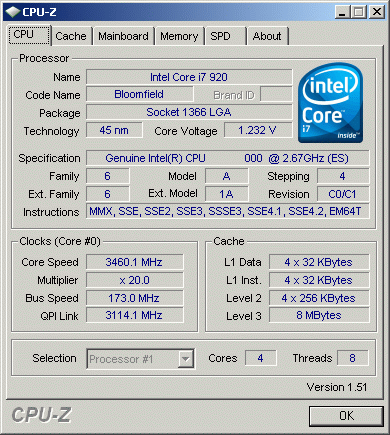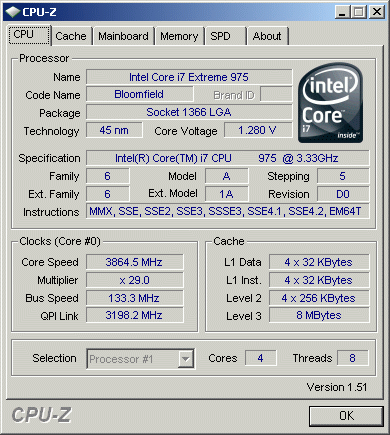Index
- Twelve X58 Boards roundup
- 02 ASUS Rampage II Extreme
- 03 Biostar TPower X58
- 04 DFI Lanparty DK X58-T3eH6
- 05 DFI Lanparty JR X58-T3H6
- 06 Elitegroup X58B-A
- 07 eVGA X58 3X SLI
- 08 Foxconn Flaming Blade GTI
- 09 Foxconn Renaissance
- 10 Gigabyte GA-EX58-UD4
- 11 Gigabyte GA-EX58-UD5
- 12 Intel DX58SO
- 13 MSI Eclipse SLI
- All Pages
Page 3 of 13
Features:
Intel X58/iCH10R
6-phase VRM, dual lane design
ISL6336 VRM controller
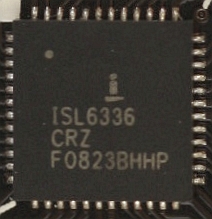
Realtek ALC888S
2x Realtek 8111DL PCIe Gb LAN controller
JMicro JMB363 SATA II/PATA controller
Texas Instruments TSB43AB22A PCI Firewire controller
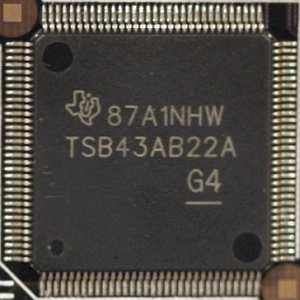
ITE IT8720F super I/O controller
Realtek RTM885M-914 clock generator
passive cooling of chipsets/VRM
8Mb BIOS, version: 604
Mainboard Revision: 1.00
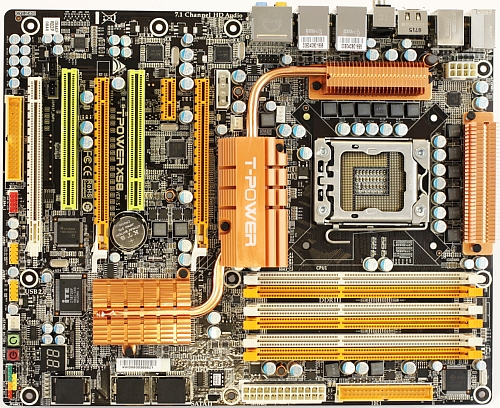
Slots:
3x PCIe 2.0 x16, 2x 16x, 1x 16x/2x 8x
1x PCIe x1
2x PCI
Memory:
6x Triple-Channel DDR3-slots for PC3-12800U memory up to 24GB
Storage:
6-Port SATA II featuring RAID 0, 1, 5, 0+1, JBOD
1-Port IDE
1-Port Floppy

Backpanel ports:
1x PS/2 keyboard
2x Gb LAN
8x USB 2.0
1x Firewire 400
2x eSATA II
7.1 analog audio
1x optical audio out
1x coxial audio out

Accessories:
1x Dual-SLI bridge
1x Crossfire bridge-cable
1x IDE cable
2x SATA cable with clip
2x SATA cable angeled with clip
5x HDD-power to SATA-power
Biostar designs its board to be as cheap as possible, but to offer all the essentials you need. So you get a pleasing layout, a back-panel with all the connectors you can wish for and, of course, an all-solid-capacitor design. Surprisingly it comes with a dual-lane six phase VRM design which does increase costs.
While the layout looks nice, the slots could have been done better. "To fit all" approach with 3x PCIe x16 slots does hinder any other useful expansion slots. The PCIe x1 is wasted, except you can manage with a single-slot card which can get very loud. Meanwhile any expansion card is available as PCIe version, so adding sound or TV tuner cards will get a bit messy. Also, PCI Firewire is not the best choice. Because it's a low-cost board two Realtek Gb-LAN chips are onboard.
As a bonus it comes with 80 diagnostic LEDs, which will also show the CPU temperature but in hex. We reported this to Biostar, but they are not willing to even admit a problem let alone fix it.
The most disappointing thing about this board are the BIOS settings. Disabling Executive Bit protection is just silly. Also, the BIOS is missing the HPET item. We have no clue if it's enabled but we guess it's not. For some reason EIST is disabled but C-States enabled, this should be reversed. Why this is the only board running with USB 1.1 per default is also a mystery to us.
The board is slighly factory-underclocked, but you won't feel it.
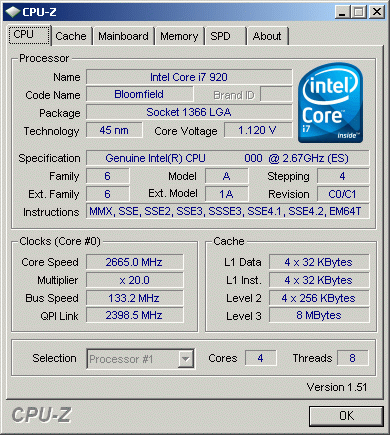
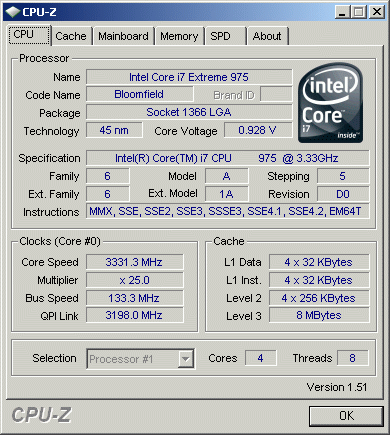
Overclocking with auto-settings is a very bad idea with this board. Increasing the FSB to 173 on our i7 920 the board sets the VTT aka QPI voltage to 1.4000V which is well over Intel's specification. So the board does invalidate the warranty and if your CPU is defective you won't get a replacement. While we could overclock both CPUs without problems, it did need a higher VTT/QPI voltage where as any other board did not need any increase.
The i7 920 run fine with 1.2500V VCore and 1.3000V VTT/QPI, also the i7 975 needed a VCore increase to 1.3000V. So it can manage but it's not the overclockers dream.
